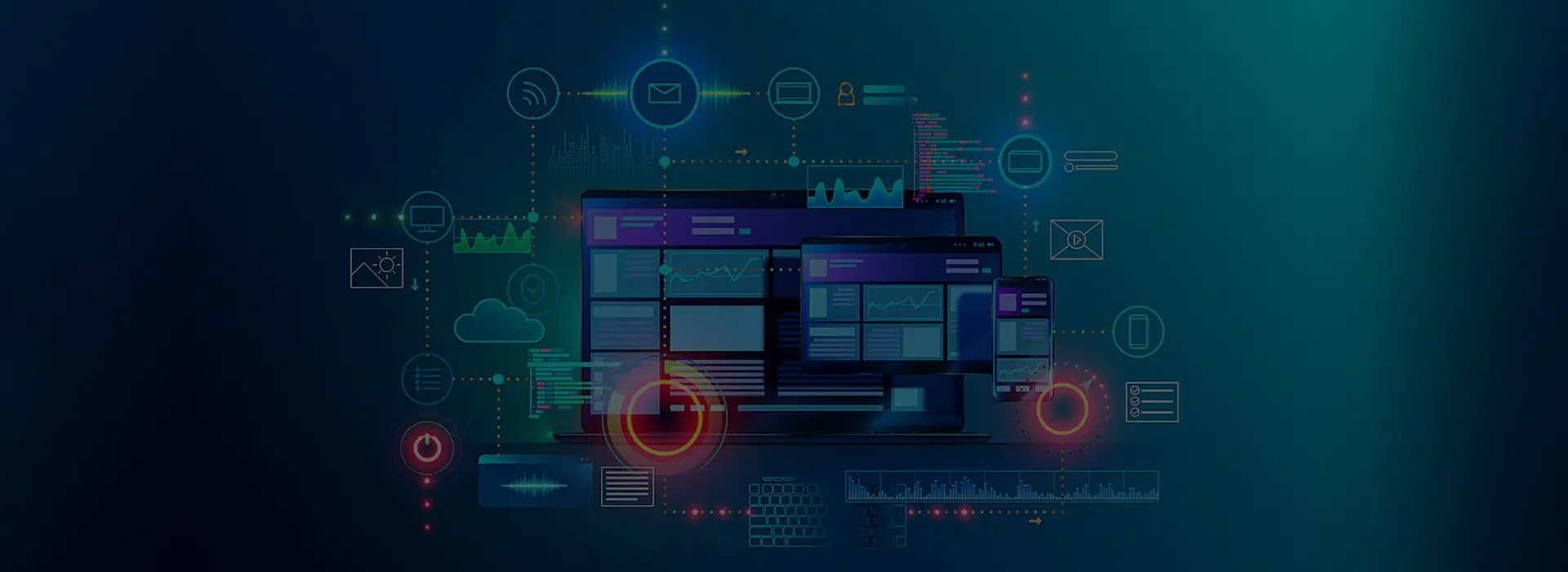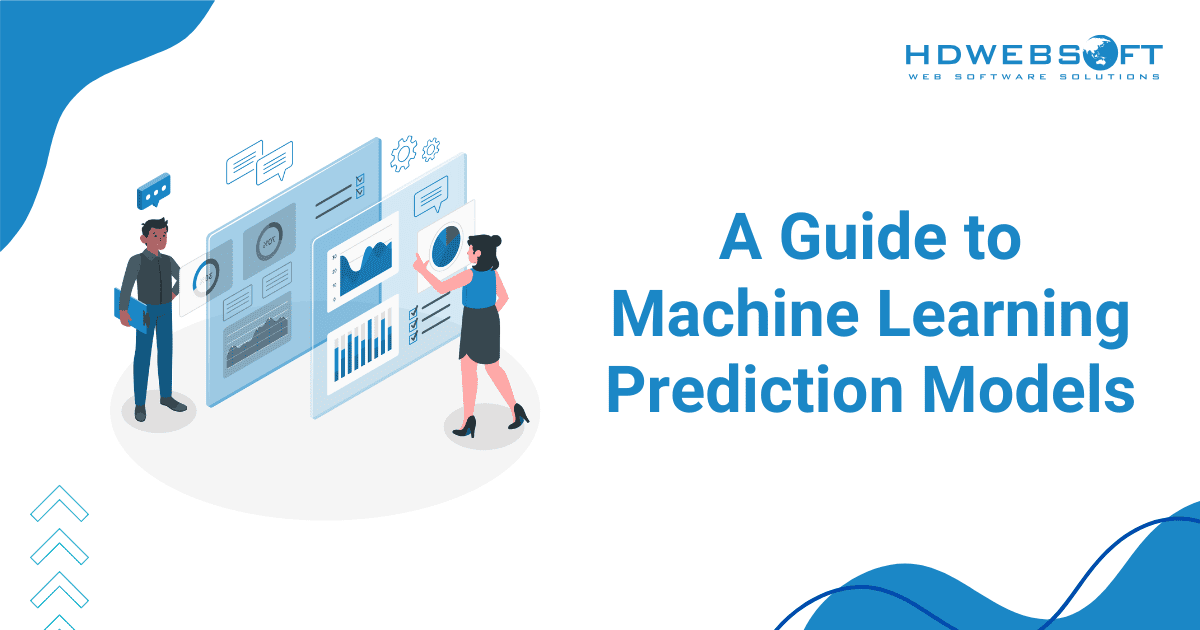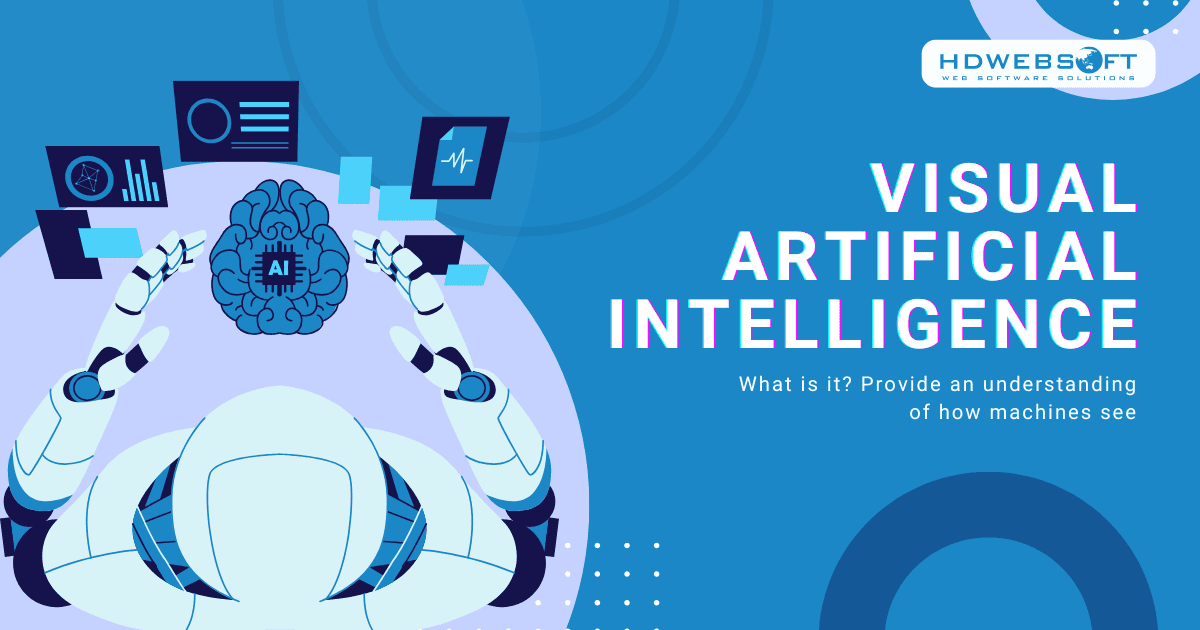
What is Visual Artificial Intelligence?
Visual artificial intelligence is rapidly transforming how machines perceive and interact with the world, moving beyond simple data processing to a sophisticated understanding of images and videos. In the visual digital landscape, the AI’s ability to “see” and interpret visual information is not just a technological advancement. In fact, visual AI represents a fundamental shift in how industries operate and how we interact with technology daily.
This blog post will delve into what vision AI truly is, how it functions, and provide an overview of its burgeoning market. Furthermore, we’ll explore some of its most compelling and impactful use cases.
What is Visual AI?
At its core, visual AI is a specialized branch of artificial intelligence. It empowers computers to interpret, analyze, and understand visual information from the real world. This visual data can come in various forms, including images, videos, and even live camera feeds.
Unlike traditional programming, where rules are explicitly coded, visual artificial intelligence takes a different approach. Instead, it leverages machine learning and deep learning techniques to enable systems to “learn” from vast quantities of visual data. You can imagine it like a human brain learns through experience.
How visual AI works
The process typically begins with data collection and annotation. Millions, sometimes billions, of images and video frames are gathered. These raw visual inputs are then meticulously labeled or “annotated” by humans. Annotation plays a key role across AI domains. In text-based models, this includes techniques like Named Entity Recognition (NER), where entities are labeled for machine understanding. Meanwhile, in visual AI, we tag objects in images or videos.
Once the data is prepared, it’s fed into a neural network, a complex computational structure inspired by the human brain. Through a process called training, the network adjusts its internal parameters. As a result, it begins to identify patterns and features within the visual data that correspond to the labels.
Over countless visual artificial intelligence iterations, the network learns to recognize objects, scenes, and even actions. Then, when presented with a new, unseen image, the trained visual AI model draws on the knowledge it has learned. Consequently, it can identify and classify elements within that image with impressive accuracy.
Consider an example
Imagine a Visual AI system designed to understand an office environment. If you provide it with an image of a typical desk, the AI doesn’t just see a collection of pixels. Instead, its trained neural network processes the visual input in layers.
Initially, it might detect basic shapes, edges, and color gradients. In subsequent layers, these basic features are combined to recognize more complex patterns.
Hence, it might identify a rectangular shape with a screen as a “PC/laptop,” a flat, bound stack of paper as a “notebook,” and a slender object with a tip as a “pen.” Visual artificial intelligence can then label the entire surface as a “desk.” Perhaps, it even infers the presence of a “chair” or “monitor” based on contextual cues or partial visibility.
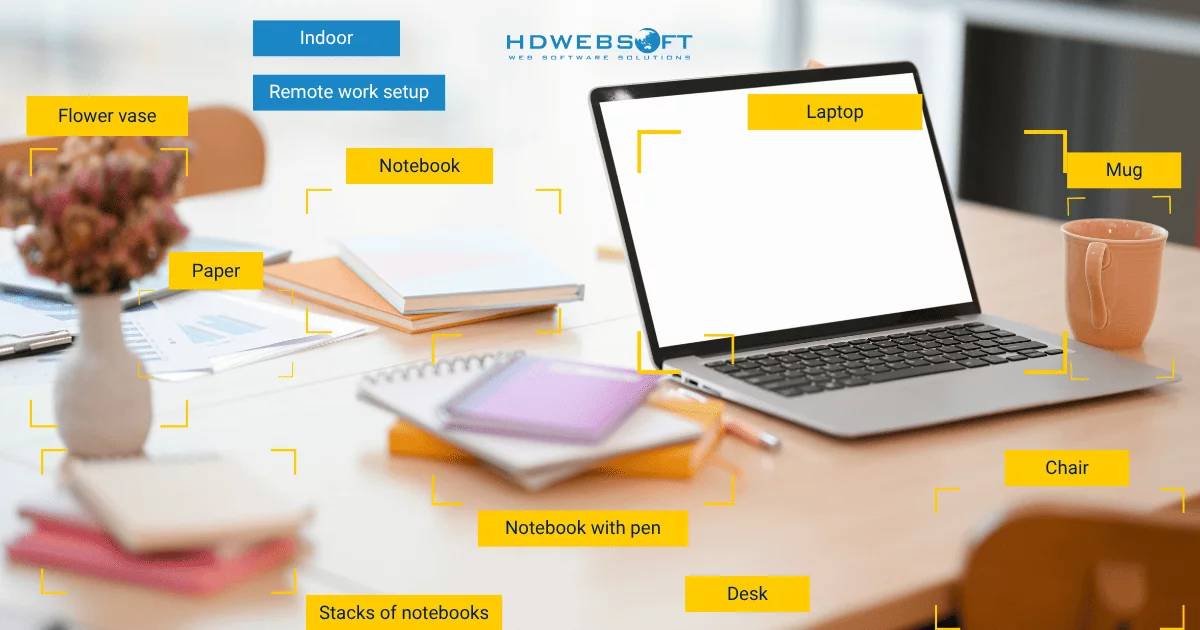
It’s worth noting that vision AI mimics the way a human child learns. By seeing many examples of desks, laptops, and pens, they gradually build an internal model of what these objects look like and how they relate to their environment. The visual AI performs the same function, but with far greater speed and scale.
The Overview of the Visual Artificial Intelligence Market
The market for vision AI is experiencing explosive growth. It’s driven by a confluence of technological advancements, increasing data availability, and diverse industry demands.
Market Size and Growth Statistics
The visual artificial intelligence (often synonymous with Computer Vision) market is a rapidly expanding segment of the broader AI industry.
- In 2024, the global AI in Computer Vision market was valued at approximately $22.93 billion. Projections forecast a substantial increase to around $330.42 billion by 2034. This growth highlights the increasing adoption and integration of visual AI solutions across various sectors.
- Global AI adoption is projected to reach 378 million users in 2025, The statistic indicates widespread integration into daily life and business operations.
Hence, according to the Founders Forum Group, nearly four out of five organizations are now adopting AI in some capacity. It marks an all-time record.
Key Market Drivers
Several factors are propelling the rapid expansion of the vision AI market:
- Explosive Growth in Visual Data: The sheer volume of visual data generated globally provides an unprecedented fuel source for training and refining visual artificial intelligence models. They can be smartphones, security cameras, autonomous vehicles, and industrial sensors.
- Advancements in Computing Power: The continuous evolution of specialized hardware, particularly Graphics Processing Units (GPUs), has significantly advanced visual AI. As a result, it is now computationally feasible to train and deploy increasingly complex and sophisticated deep learning models.
- Growing Demand for Automation: Industries across the board are seeking to automate processes, reduce human error, and improve workflow efficiency. Vision AI offers powerful solutions for tasks ranging from quality control in manufacturing to inventory management in retail.
- Enhanced Decision-Making: The ability to quickly process and extract insights from visual data greatly enhances decision-making speed. Consequently, it supports more informed actions in critical areas such as security, healthcare diagnostics, and smart city management.
Emerging Trends
The said market is characterized by continuous innovation, and several key AI & ML trends are shaping its future:
Edge AI
This trend involves deploying visual artificial intelligence processing capabilities directly onto devices rather than relying solely on cloud-based processing. Plus, edge AI enables real-time responses, reduces latency, and enhances data privacy by processing information locally.
Multimodal AI
Beyond just visual data, it focuses on combining visual information with other modalities like text, audio, or sensor data. Resultantly, this holistic approach allows AI systems to achieve a richer, more nuanced understanding of complex environments and situations.
Ethical AI and Explainable AI (XAI)
As vision AI becomes more pervasive, there’s an increasing emphasis on developing AI systems that are transparent, fair, and accountable. Explainable AI aims to provide insights into how AI models arrive at their decisions, fostering trust and enabling better oversight. This is especially true in developing sensitive applications like facial recognition or medical diagnosis.
Democratization of AI
Lastly, the availability of user-friendly APIs and low-code/no-code platforms is making the technology more accessible. Now, a wider range of businesses and developers can make their own apps without too much technical expertise. In all, the adoption of visual artificial intelligence was accelerating beyond large enterprises.
Visual AI and Its Many Use Cases
The capabilities of visual AI extend far beyond simple object recognition, permeating various sectors and offering transformative solutions. Its ability to process and understand visual information at scale and speed has opened doors to numerous practical applications.
Phishing Protection
In the realm of AI cybersecurity, phishing remains a persistent and evolving threat. While traditional phishing detection often relies on analyzing text, URLs, and sender information, modern phishing attacks are becoming increasingly sophisticated. In particular, they often employ visual trickery to deceive users. This is where vision AI steps in as a crucial defense mechanism.
Specifically, AI systems can be trained to analyze the visual elements of emails, websites, and even social media posts. They’re trained to identify subtle or overt signs of a phishing attempt.
For example
Fake Logos and Branding
First, visual artificial intelligence can compare logos in an email or on a website to known, legitimate brand logos. It can spot slight variations, pixelation, incorrect colors, or misalignments that a human eye might miss. Overall, it indicates a fraudulent attempt to impersonate a trusted entity, such as a bank or a well-known online service.

Suspicious Layouts and UI Elements
Phishing sites often mimic legitimate login pages or interfaces. In response, visual AI can analyze the overall layout, the placement of input fields, buttons, and other user interface elements. Moreover, discrepancies in spacing, font styles, or button designs compared to the genuine site can signal a malicious page.
Embedded Images and Obfuscated Text
Attackers sometimes embed text as images to bypass text-based filters. With the optical character recognition (OCR) capabilities, it can extract text from these images. By then, it analyzes the text for suspicious keywords, urgent CTAs, or grammatical errors that are common in phishing scams.
Contextual Visual Cues
The visual artificial intelligence can also assess the overall visual context. For instance, if an email purports to be from a major tech company, yet features low-resolution images or design elements inconsistent with that company’s usual branding, it raises a red flag. In such cases, the technology can flag it as suspicious.
By employing vision AI for phishing protection, organizations can create a more robust defense layer. This way, they can catch visually deceptive attacks that might slip past traditional security measures. Hence, the proactive visual analysis helps protect sensitive user data and maintain trust in digital communications.
Content Moderation
Secondly, the sheer volume of content generated and shared online daily poses an immense challenge. This is especially concerning for platforms and communities that strive to maintain safe and respectful digital environments.
However, manually reviewing every image and video for inappropriate, harmful, or illegal content is an impossible task. Therefore, visual artificial intelligence has become an indispensable tool for automated content moderation, enabling platforms to significantly scale their efforts.
Violations Visual Artificial Intelligence Detects
AI models are trained on vast datasets of labeled content, allowing them to identify a wide range of violations, including:
- Nudity and Sexually Explicit Content: AI can detect human anatomy, specific poses, and contextual elements to flag or remove sexually explicit imagery and videos.
- Violence and Gore: It can identify scenes depicting violence, weapons, blood, or other graphic content. From then on, platforms can enforce policies against harmful material.
- Hate Symbols and Propaganda: AI can recognize specific symbols, gestures, or imagery associated with hate groups, terrorism, or illegal organizations. It’s even when they are subtly integrated into content.
- Self-Harm and Suicide Content: AI can be trained to identify visual cues related to self-harm or suicidal ideation. Hence, platforms are able to intervene or provide resources quickly.
- Copyright Infringement: Visual artificial intelligence can compare uploaded content against databases of copyrighted material. Ultimately, it can help detect and prevent the unauthorized sharing of movies, music videos, or branded content.

Benefits and Drawbacks
The benefits of using vision AI for content moderation are numerous. It offers unparalleled speed, allowing content to be reviewed and acted upon within seconds of being uploaded. It provides scalability, handling billions of pieces of content daily. And it ensures a degree of consistency in applying moderation policies across vast amounts of data.
However, it’s crucial to note that visual AI is not infallible. Nuances, satire, and artistic expression can sometimes be misinterpreted, leading to false positives or negatives. Therefore, human moderators often work in conjunction with AI systems, reviewing flagged content and training their AI. Overall, it aims to improve accuracy over time, ensuring a balanced and effective moderation strategy.
Real-time Intelligence
One of the most powerful applications of visual artificial intelligence is its ability to process and interpret data in real-time. This capability is critical in scenarios where instantaneous analysis of live video feeds or rapidly changing visual information. All of which is essential for safety, efficiency, or operational control.
To illustrate
Here are several examples of vision AI providing real-time intelligence across various sectors:
Traffic Monitoring and Smart Cities
In urban environments, AI integrated with traffic cameras can monitor vehicle flow, detect congestion, identify accidents, and classify vehicle types. This real-time data allows traffic management systems to adjust signal timings dynamically.
Consequently, they can dispatch emergency services more quickly or reroute traffic to alleviate bottlenecks, ultimately improving urban mobility and safety.
Manufacturing Quality Control
On high-speed production lines, human inspection for defects can be slow and prone to error. Visual artificial intelligence systems, equipped with high-resolution cameras, can inspect every single product as it passes by. Namely, they can identify minuscule flaws, misalignments, or missing components in milliseconds.
Here’s how it’s done:
Overall, this real-time quality control ensures only perfect products reach the market, reducing waste and improving product reliability.
Security and Surveillance
Next, AI significantly enhances traditional security systems. In real-time, it can perform:
- Anomaly Detection: Identifying unusual behaviors or events. In particular, a person lingering in a restricted area, an object left unattended, or a sudden crowd formation.
- Facial Recognition (where legally and ethically permissible): Identifying known individuals for access control or security alerts.
- Object Tracking: Following the movement of specific objects or individuals across multiple camera feeds.
- Crowd Analysis: Monitoring crowd density and movement patterns to prevent dangerous situations or manage large gatherings. This provides security personnel with immediate alerts, allowing for proactive intervention rather than reactive responses.
Retail Analytics
In retail spaces, visual artificial intelligence can observe customer behavior in real-time. It can track foot traffic patterns, analyze dwell times in front of displays, identify popular product sections, and even detect queues forming at checkout.
Thus, this intelligence helps retailers optimize store layouts, manage staffing levels, and personalize marketing efforts based on live customer interactions. Ultimately, it enhances the shopping experience and boosts sales.
Sports Analytics
Last but not least, visual AI is revolutionizing sports by providing real-time insights into player performance, game strategy, and officiating. Cameras equipped with AI can track ball movement, player positions, and even biomechanics. Hence, they offer coaches immediate data to adjust tactics or help athletes improve their technique during training or live games.
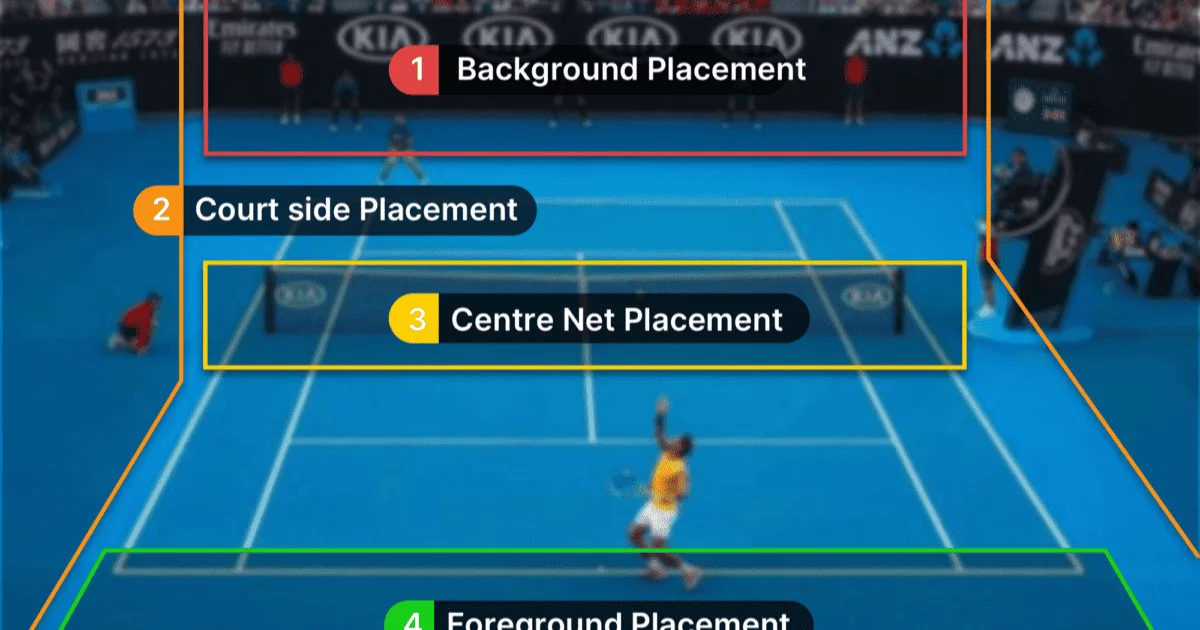
In all these applications, the power of AI lies in its ability to transform raw pixels into actionable intelligence instantly. This real-time processing capability is not just about automation. It’s about enabling proactive measures, enhancing safety, optimizing operations, and unlocking new levels of efficiency that were previously unattainable.
Conclusion
In all, visual artificial intelligence stands as a pivotal advancement in the broader field of AI. It’s fundamentally changing how machines perceive, interpret, and interact with the visual world. From enabling computers to “see” and label objects with human-like understanding, visual AI is no longer a futuristic concept but a tangible reality driving significant innovation.
HDWEBSOFT leverages the transformative power of visual artificial intelligence to deliver cutting-edge solutions that redefine industry standards. Our AI development services unlock unparalleled efficiencies, enhance safety protocols, and provide invaluable insights. As Visual AI continues to evolve, HDWEBSOFT is committed to pioneering its responsible and beneficial integration.


